Be a Diffuser Expert!
Ultrasonic diffusers are currently the most popular essential oil diffusers. More than 80% of the diffusers being used are Ultrasonic Diffusers. There is a wide variety of Ultrasonic Diffusers. They have a place in almost every household. You know what you like about them. You also know what you do not like.
Technical Description
Ultrasonic Diffusers contain a stainless steel disk that vibrates millions of times per second. The most common vibrational frequency rate is 1.6 MHz or 1.6 million vibrations per second. The vibrating disk is positioned at the base of a reservoir containing water and a few drops of essential oil.
The vibrating disk spreads out the vibrations to the water and essential oil molecules. At high vibration rates, the molecules of water and essential oil escape the liquid in the reservoir as micro-droplets. These micro-droplets escape into the air as a finely dispersed, moist, aromatic mist. You often call it “moisture vapor”, “oil vapor”, or “steam”. This is the same mechanism of most air humidifiers.
Special Features
Some Ultrasonic Diffusers have special features that add to the therapeutic effect of the essential oil. These features include colored lights, soothing music, relaxing sounds, intermittent operation, and timer to shut off the diffuser. Some Ultrasonic Diffusers have large reservoirs for long operation time. Typically when the water dries up in the reservoir the diffuser automatically turns off to protect the ultrasonic disk.
What People Like
Ultrasonic Diffusers are well liked and accepted. 1st = low cost, 2nd = low-to-moderate noise level, 3rd = constant “raindrop” sound, and 4th = increases room humidity. Ultrasonics are so common because they are cheap.
What People Dislike
Ultrasonic Diffusers have their faults. I’ve talked to many users. These are their concerns. 1st = high maintenance, 2nd = short lifetime of oscillating disk, 3rd = poor water-level sensing, 4th = thick oil residue fouls the oscillating disk, 5th = scaling deposits from hard water, and 6th = low-to-moderate diffuser lifespan.
Most of the users of Ultrasonic Diffusers consider them “replaceable”. When they quit functioning or break they are usually thrown away in the garbage. There’s not much that permanent about Ultrasonic Diffusers
Young Living - Bamboo, Home, Aria, Dew Drop
Heat Diffusers
Heat Diffusers are usually shunned my most essential oil “purists”. There is always a possibility that heat can cause chemical changes in essential oil molecules. The simplest Heat Diffuser uses a burning candle to provide heat to evaporate essential oil molecules. New electronic Heat Diffusers use resistive coil heating powered by 12-volt car batteries, 110-volt AC house plugs, or 6-volt DC power using USB connectors.
Operating Instructions for Heat Diffusers
For plug-in resistive coil Heat Diffusers simply fill the shallow reservoir or pad with a few drops of essential oil. Plug in the Heat Diffuser into the AC wall outlet, into a USB connection, or into a car cigarette lighter adaptor.
For candle flame Heat Diffusers simply fill the metal or ceramic open reservoir plate with essential oil. Light the candle. Adjust the height of the candle flame so the heat is sufficient to evaporate essential oil molecules.
Technical Description
Plug-in resistive coil Heat Diffusers are powered by 110-volt AC power located in your home, by 12-volt car connectors, or by 6-volt USB power.
Special Features
Heat Diffusers have few moving parts. They are portable and convenient. They are quiet.
What People Like about Heat Diffusers
People like Heat Diffusers because they are very affordable. They also like Heat Diffusers because they emit zero noise. They also like them because they utilize pure essential oils and produce invisible oil nano-droplets. Heat Diffusers can be plugged into the power outlets in houses and offices, USB plugs on computers, in cars, and in houses, and candle-heated diffusers can be placed anywhere in the house.
What People Dislike about Heat Diffusers
Some people dislike Heat Diffusers because of the risk of fire and spilling essential oil. Others dislike Heat Diffusers due to high cleaning maintenance caused by gummy essential oil residue. A number of people have complained about the short lifespan of resistive coil Heat Diffusers. Finally, people dislike using Heat Diffusers due to the possibility of chemical changes cause by heating essential oil molecules.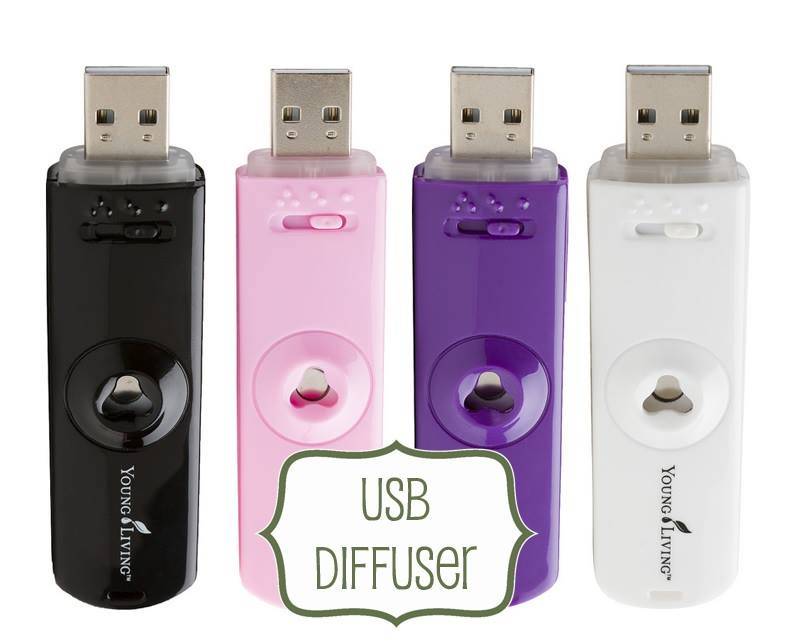
Distilled and Citrus Essential Oils
Heat Diffusers do a better job at evaporating small-sized molecules (Monoterpenes, Oxygenated Monoterpenes, and Sesquiterpenes) and medium-sized molecules (Oxygenated Sesquiterpenes and Diterpenes) than the other room temperature diffusers. Heat helps evaporate molecules quicker and helps evaporate the molecules that tend to remain behind at room temperature.
Distilled essential oils may leave behind a small residue with Heat Diffusers. Citrus oils definitely leave behind a residue of coumarin and Tetraterpene pigment molecules. Over time, a build-up of essential oil residue will reduce the heating efficiency of the Heat Diffuser.
* Passive Diffusers do not require electricity. I love passive Diffusers. Some are stationary and others are mobile.
Nebulizing Diffusers
There are few Nebulizing Diffusers on the market. They are sometimes referred to as Atomizing Diffusers. They tend to be “pricey”. The nebulizing diffusers are commonly used in aromatherapy and massage therapy clinics because they quickly fill the massage room with therapeutic aroma. Unlike Ultrasonic Diffusers, there is NO WATER involved with Nebulizing Diffusers.
Technical Description
A plastic tube, called a siphon tube, is fitted into the bottom of a bottle of essential oil. A high velocity stream of air is passed at the top of the siphon tube. The high velocity air atomizes the essential oil into micro-droplets AND creates a slight vacuum at the top of the siphon tube. The slight vacuum sucks up essential oil from the bottom of the bottle (like sucking on a straw to drink). The micro-droplets of essential oil mixed with the high velocity air form a mist as it escapes into the air.
Operation Instructions
One simply screws into place any 5ml, 10ml, or 15ml bottle of essential oil, make sure the siphon tube is inserted and extends to the bottom of the essential oil bottle, then turns the high velocity air flow to ON. As long as there is essential oil in the bottle a mist composed of pure essential oil micro-droplets is all that one sees.
Special Features
Some Nebulizing Diffusers have adjustments that control the velocity of the high speed air flow. The air flow control determines the amount of essential oil micro-droplets that are being produced. Slow air flow equals few micro-droplets so a bottle of essential oil will last longer.
Some Nebulizing Diffusers have time adjustments for operation. One control can control the time of intermittent operation (a time delay when air flow is OFF) and one control for how long the air flow is ON. Some also possess a setting to turn OFF the diffuser after certain hours of operation.
What People Like
People like Nebulizing Diffusers for several reasons. They can quickly fill a room with pure vapors of essential oil without increasing the humidity. They like the simplicity of changing essential oils; just unscrew one bottle and screw on another bottle. Very simple. People also like Nebulizing Diffusers because they DON’T require water.
People also like Nebulizing Diffusers because they are low maintenance. No oscillating disk to clean and scrub. They like the fact that the essential oil bottle IS the reservoir. The siphon tube is easy to clean with rubbing alcohol. People like that Nebulizing Diffusers last for years; they are a good investment.
What People Dislike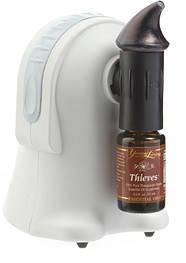
People’s first dislike is the typical high price. People also complain that Nebulizing Diffusers are noisier than Ultrasonic Diffusers. People also complain that switching from 15ml bottles to 5ml bottles requires a shorter siphon tube adjustment. They also complain that some of the micro-droplets are not so micro in size – they tend to fall out of the air onto the table top surrounding the diffuser.
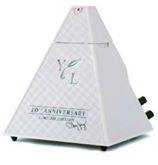
People commonly complain to me that Nebulizing Diffusers consume their essential oils too quickly. I’ve also heard complaints that Nebulizing Diffusers do NOT produce water vapor to increase the humidity of the room air. I can understand the latter for those in dry climates. However, as for consuming oils too quickly; when I’ve asked about using the air flow control and the intermittent ON/OFF controls I’ve often received a blank stare.
Fan Diffusers
Fan Diffusers pass air through a membrane/filter pad soaked with drops of essential oil to produce an invisible mist of essential oil nano-droplets. The Fan Diffuser increases the evaporation rate of essential oil molecules. Molecules with highest evaporation rate (Monoterpene molecules) are quickly “pushed” into the air, while molecules of low evaporation rate (heavy Sesquiterpene molecules) “hesitantly” leave the membrane filter.
Operational Instructions for Fan Diffusers
Pull out the sliding cartridge that contains the absorbent pad. Add drops of essential oil to saturate the pad. Return the adsorbent cartridge into its operating slot. Plug in the Fan Diffuser and turn the diffuser ON.
Technical Description
Fan diffusers can speed up the normal evaporation rate of essential oil molecules by 5-100 times. Some adsorbent filters can adsorb more drops of essential oils than others. The adsorbent filter cartridges can be quickly replaced. This allow for a quick change between diffusing lavender to diffusing peppermint (quick, easy, and low-cost).
Special Feature
Fan Diffusers are typically operated by low voltages. Sometimes they are operated by 12-volt car battery and by 6-volt USB power. Some Fan Diffusers can be operated by rechargeable batteries, allowing them to be taken on trips, in cars, on picnics, and to offices.
What People Like about Fan Diffusers
One of the greatest features of Fan Diffusers is the ease and quickness in exchanging filter-pad cartridges soaked in different essential oils. People also like the very low noise level of the high speed mini-fan. They also like the invisible nano-droplets of pure essential oils. People also like the very low maintenance of the filter-pad cartridges.
People also like low price tag of Fan Diffusers. They also like the moderate use-rate of essential oils being diffused. People love the long lifespan of Fan Diffusers. People also love that they can use Fan Diffuser for their compact size and portable nature. Fan Diffusers can be your car diffuser, your travel diffuser, and your office diffuser.
What People Dislike about Fan Diffusers
Some people dislike Fan Diffusers because they do not match the volume of essential oil vapors that are emitted from the Nebulizing and Ultrasonic Diffusers. Some people complain about the staged evaporation rate of essential oil molecules – Monoterpenes easily evaporate while Sesquiterpenes slowly evaporate. Finally, some people complain that Fan Diffusers have a maximum operational time per essential oil application.
I like Fan Diffusers because they are portable. I like them because they are quiet. I also like Fan Diffusers because I can change the essential oil quickly. They help take essential oils wherever I go.
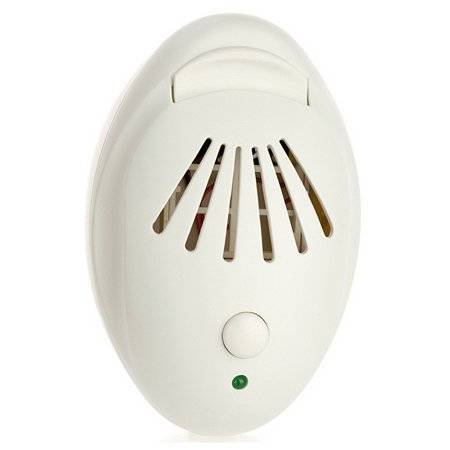 No longer available through YL, but you can buy the pads
No longer available through YL, but you can buy the pads 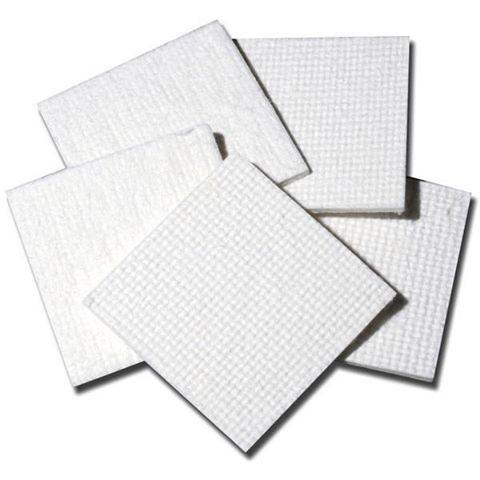
Stationary Diffusers - Kitchen
I love discovering stationary diffusers. Stationary diffusers are furnishings - objects that do not move, usually situated in your house, office, or car. Stationary diffusers passively emit essential oils into the environment. These fixed-location diffusers are intended to freshen the air in the environment for all who enter. Stationary diffusers can be made from almost any material, like wood, ceramic, wax, metal, glass, leather, cloth, paper, etc.
Look around in your kitchen and dining rooms. Look for objects that you can place a drop of essential oil. Find any?
The foul odors in your bathroom & kitchen depend on your house cleaning habits, the types of food you eat, how you cook food, and how you dispose of food waste. Some of the foulest aromas come from the GARBAGE can and the garbage DISPOSAL. Rotten food does not have a pleasant aroma. Chicken and meat scraps can also have a filthy aroma. As a husband this is where I earn my stripes in the family, by taking out the trash.
Here’s my list of stationary diffusers in my kitchen:
1. Small throw rug (one of my favorite places for any oil I want)
2. Bar soap (I use geranium oil as it leave a lingering floral aroma)
3. Kitchen sink
4. Dish scrubber (I like lemon oil as it also helps cut grease and leaves a great aroma)
5.Garbage can (place a drop in the bottom after taking out garbage)
6.Ceramic floor tiles
7. Flower decorations (artificial, wooden, or real dry flowers)
8. Wooden balls, beach sand, or beach shells in a bowl
9. Wooden sculpture (wood is great at absorbing and emitting essential oil molecules)
10. Garbage disposal (I use lemon oil here too, sometimes a drop of juniper or cedarwood)
11. Paper towel (I place a drop of peppermint on the edge of the roll)
12. Folded paper napkin (I love a drop of orange oil in the air after dishes are washed)
13. Unscented and unlit candle (a favorite of mine)
14. The lid of canned food (great diffuser surface)
15. Ceramic tile decoration (place a drop of tangerine oil on the back)
I’m not counting the cleaning products that you can add essential oils to enhance cleaning and aroma in the kitchen. You can add oils to your favorite bar soap, liquid soap, sink scrubbing powder, dish washing powder, dish washing liquid, etc.
Monoterpenes and Sesquiterpenes
When you place a drop of essential oil on a stationary diffuser, the molecules escape into the air based on their evaporation rate. Monoterpenes and Oxygenated Monoterpenes, the smallest molecules, contain 10 Carbon atoms. These molecules readily evaporate from the surface of stationary diffusers.
The larger Sesquiterpene and Oxygenated Sesquiterpene molecules contain 15 Carbon atoms. These larger molecules have lower evaporation rates so they prefer to stay from the surface of stationary diffusers.
The temperature of the stationary furnishing also affects the evaporation rate of the essential oil molecules. The higher the temperature the faster the evaporation rate of the molecules.
*This information I collected from Dr. Cole Woolley, the essential oil explorer. https://www.facebook.com/exploringeo/




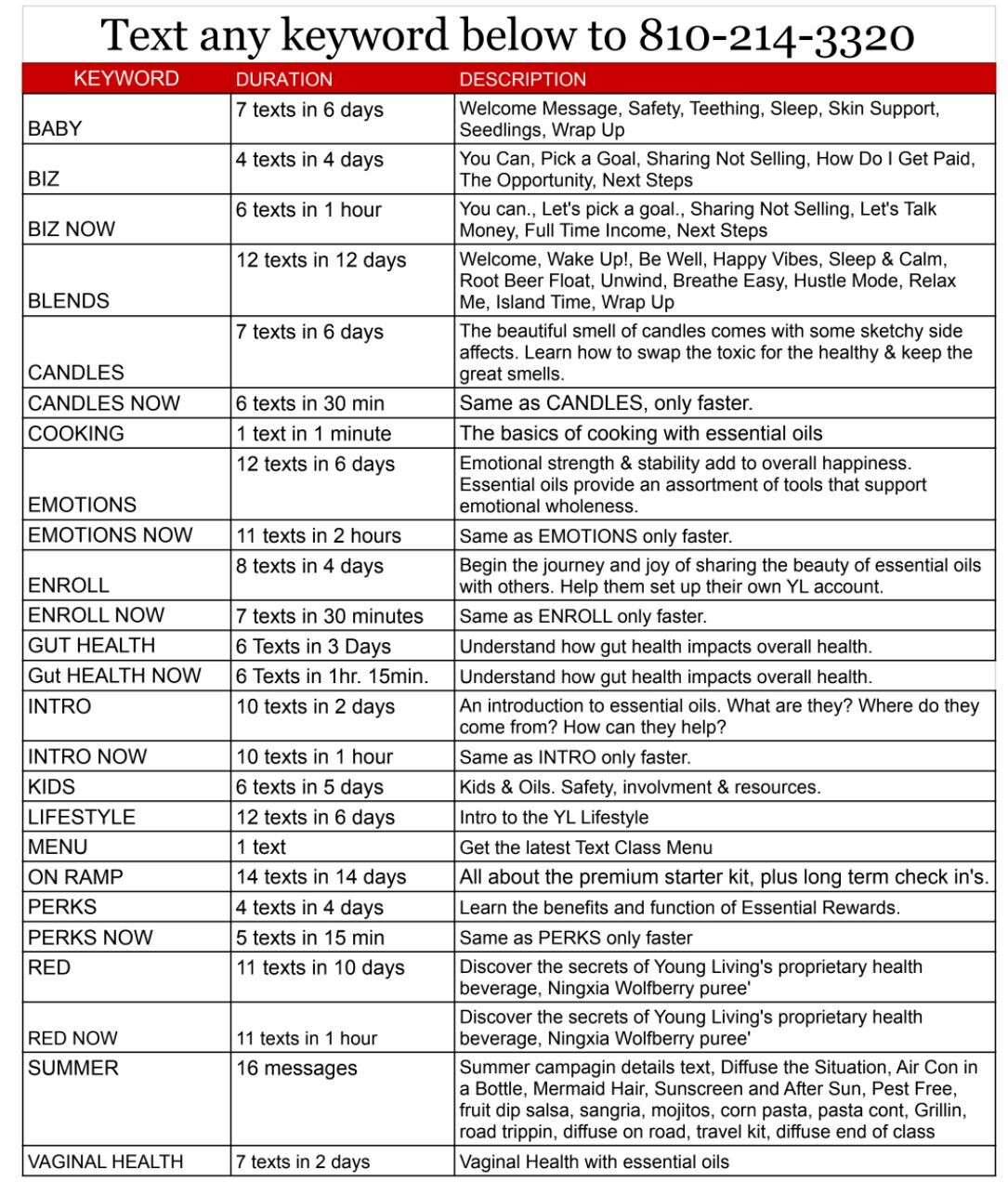


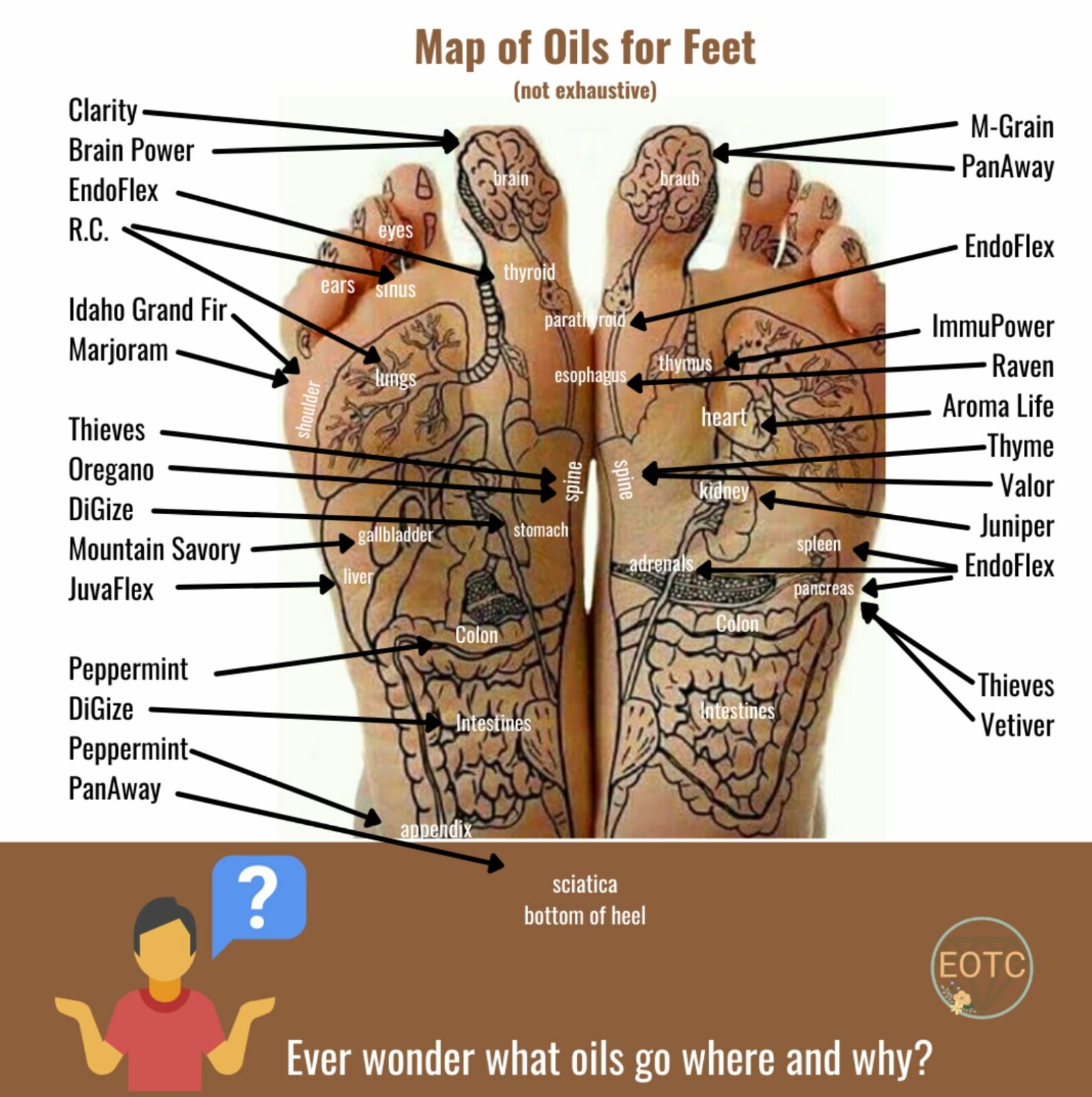



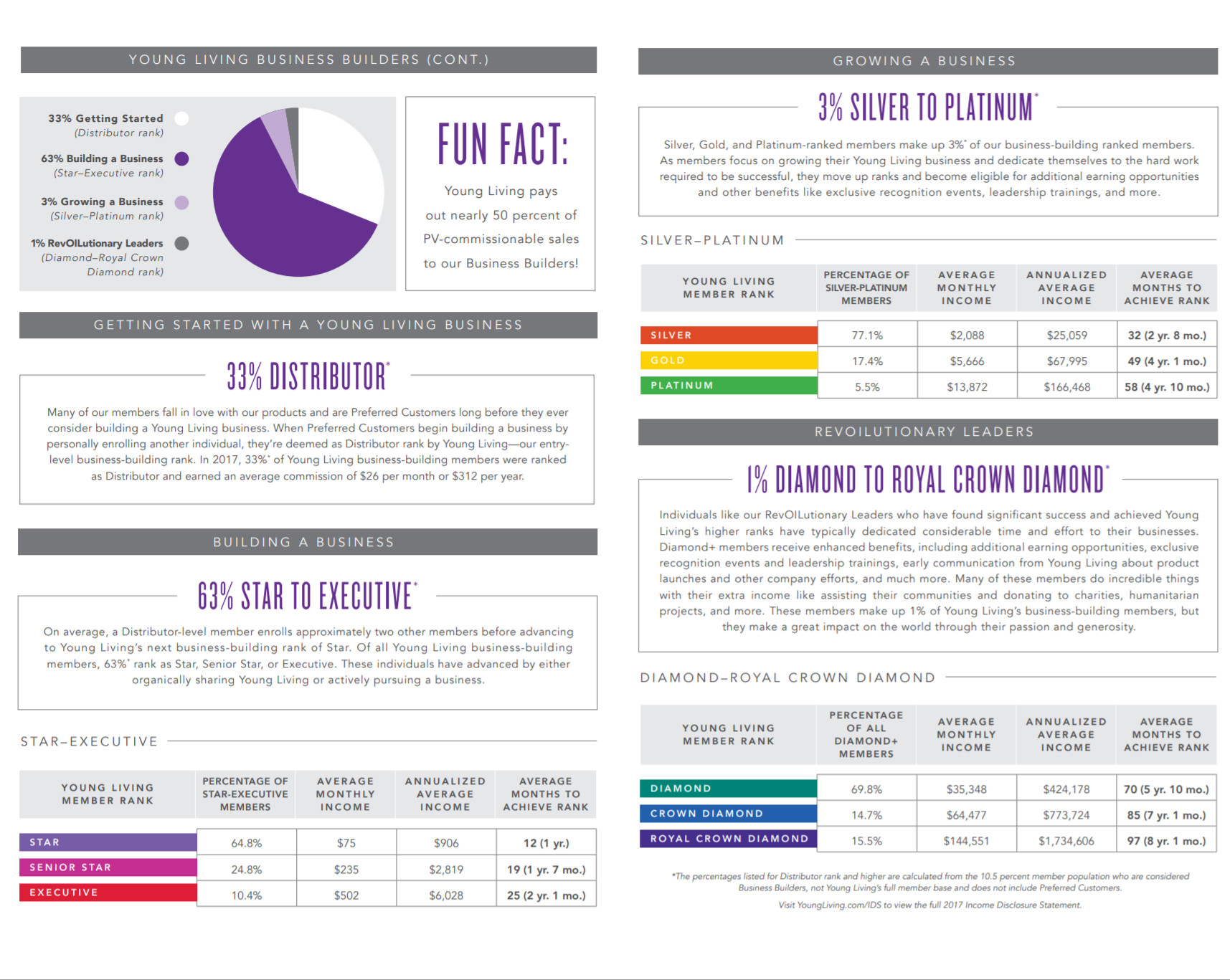

0 Comments